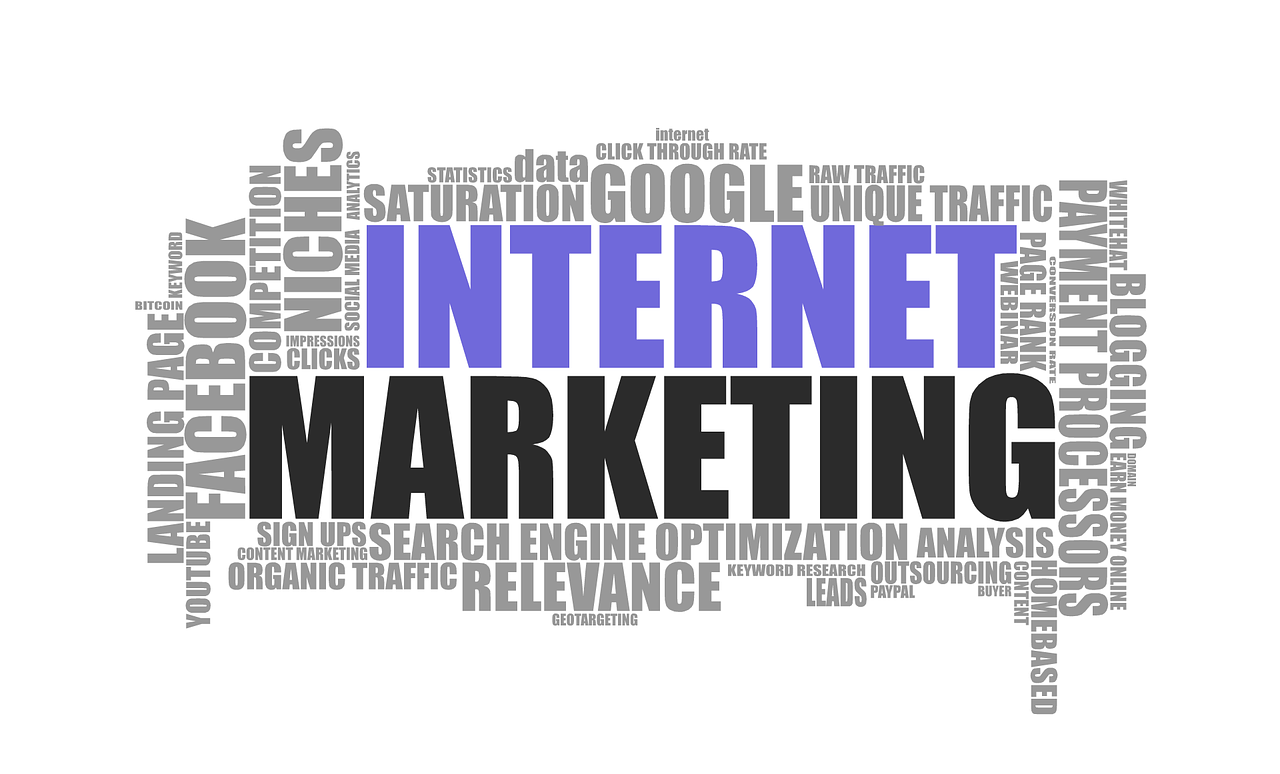Reinventing Your Digital Identity
Change is an inevitable part of business growth. For us, that change came in the form of a total rebrand. We started as Priceless Consulting, but as our services evolved and our mission sharpened, that name no longer captured the essence of who we are. We needed a fresh start, a name that reflected our expertise and our client-first approach. Our goal was to create a more meaningful brand that resonates with customers and communicates our core values. That’s how WP Wizards was born.
We quickly realized that a rebrand isn’t just about designing a new logo and calling it a day. It’s a chance to redefine how your business shows up online, reconnect with your audience, and, through a strategic process, clarify your message to align with your brand's mission statement. It’s a strategic opportunity to reinvent your digital identity. This guide will walk you through the essential steps for reintroducing your business online, covering everything from branding and website updates to SEO, content, and customer engagement.
What Digital Branding Really Means Today
Digital branding is the process of building and shaping your company’s identity online. It goes far beyond a new color palette. While traditional branding focused on print ads and physical presence, digital branding is a dynamic, ongoing conversation with your audience across every platform they use. In contrast, digital marketing is focused on customer acquisition and sales, while digital branding focuses on long-term brand recognition and loyalty.
It’s about creating a cohesive experience that tells your story consistently, whether a customer finds you through a Google search, a social media post, or an email newsletter. The key elements that shape your digital brand identity include:
- Logo & Visuals: The symbols, colors, and imagery that make your brand instantly recognizable.
- Voice & Tone: The personality your brand projects through its words. Are you professional and authoritative, or casual and friendly?
- Message: Your core promise to your customers. What problem do you solve, and why should they choose you? This is where brand messaging comes in—your strategic communication approach that defines what your company says and how it says it.
- Consistency: Applying your visual and messaging standards uniformly across all digital channels.
Digital branding consists of integrating these elements across digital platforms to create a unified and memorable online presence.
A strong digital brand strategy connects your story to your target audience, building trust and turning passive browsers into loyal customers. Digital marketing strategies can complement digital branding efforts by driving targeted traffic and supporting your brand’s online growth.
[divilifeshortcode id='7131']
In summary, digital branding focuses on building trust and recognition with your audience, ensuring your business stands out and remains memorable in the digital landscape.
Digital Branding Elements
Digital branding elements are the essential building blocks that shape your brand’s online identity and set you apart in the digital landscape. A successful digital branding strategy brings these components together to create a unified and memorable brand experience for your audience.
At the core of every effective branding strategy is a clear brand identity—this includes not just your visual style, but also your brand’s mission statement, values, and unique selling proposition. These foundational elements guide every interaction your business has across digital channels, from your website to your social media platforms.
Other key digital branding elements include your brand’s messaging, voice, and story. Consistent messaging helps reinforce your brand’s promise and builds trust with your target audience. A compelling brand story makes your business relatable and memorable, encouraging deeper connections and increased brand recognition.
Additionally, the way you present your brand across various online platforms—through content, customer engagement, and even digital advertising—plays a crucial role in fostering customer loyalty. When your branding strategy ensures that every touchpoint reflects your brand’s personality and values, you create a cohesive experience that keeps your business top-of-mind.
By thoughtfully combining these digital branding elements, you lay the groundwork for a strong digital brand that not only attracts attention but also inspires lasting loyalty and recognition in your industry.
Step 1: Refresh Your Website and Brand Identity
Your website is the heart of your brand online. It’s your digital storefront, your main office, and your primary sales tool all in one. When you rebrand, your website must be the first place to reflect that change. Align your new logo—including a memorable logo that reflects your brand's values—colors, fonts, and imagery, as well as all visual elements, brand elements, and brand materials across every single page to create a seamless and consistent brand image.
Pay special attention to your homepage and “About Us” page. These are often the first pages visitors see, and they need to tell your new story clearly. Rewrite your copy to reflect your updated mission, values, brand's mission statement, and brand's values, along with your brand positioning.
For example, when we became WP Wizards, we redesigned our site to be clean, modern, and direct. We swapped our old visuals for new ones that matched our veteran-owned, results-driven identity. Our tone became more focused, ensuring our brand's tone is consistent across the website and speaking directly to the needs of small business owners who want a reliable digital partner.
A well-designed website not only showcases your new brand identity but also plays a crucial role in overall brand success.
Step 2: Strengthen Your SEO and Online Visibility
A rebrand can have a significant impact on your seo search engine optimization (SEO). If you’re changing your domain name, you need a solid plan for 301 redirects to pass authority from your old URLs to your new ones. This tells search engines that you’ve moved, not disappeared. It’s crucial to maintain your ranking in search engine results to ensure your audience can still find you after the transition.
Start by conducting keyword research that aligns with your new brand focus. Your old keywords might not fit your new direction. Remember, online search is a key way potential customers discover your business. Once you have a new list, optimize your website’s title tags, meta descriptions, and on-page content to include these new terms alongside your brand name.
Finally, you need to reintroduce your business to the digital world. Update your business name, address, and phone number (NAP) across all online directories, especially Google Business Profile, to maintain your local SEO presence. Don’t forget the importance of online reviews for local SEO—they help shape your online reputation and improve visibility.
To further boost your online visibility after a rebrand, consider incorporating search engine ads as part of your overall strategy.
Step 3: Align Your Social Media Branding
Your social media profiles are an extension of your digital brand. Ensure your new identity is reflected on every platform you use by choosing the right social media platform for your brand and audience.
- Update your visuals: Change your profile images, cover photos, and highlight icons to feature your new logo and branding.
- Rewrite your bios: Update your social media bios to reflect your new name and brand message. Don’t forget to change the link to your new website URL.
- Stay consistent: Keep your messaging, tone, and visual style consistent across all multiple channels, including social media, your website, and email campaigns. A post on Instagram should feel like it comes from the same brand as a post on LinkedIn.
Use features like Instagram Reels, carousels, and stories to tell the story of your rebrand. Sharing behind-the-scenes content about our transition to WP Wizards helped us connect with our audience on a human level and significantly boosted our engagement by showcasing our brand's personality through social media interactions.
Consider running social media ads to increase visibility and reach your target market. Leveraging influencer marketing can also help you connect with your audience and build trust through authentic, relatable content.
When tailoring content, focus on targeting specific customer groups and your target market on each platform to ensure your messaging resonates with niche communities and lifestyle segments, building a sense of belonging and brand loyalty.
Step 4: Build a Cohesive Content Marketing Strategy
Your content is where your brand voice comes to life. Every blog post, email, and social media update should sound like it comes from your brand. Share relevant content that resonates with your audience to attract and engage them. Craft a cohesive content marketing strategy that reflects your new identity.
Start by creating a content calendar to ensure you’re posting consistently across various digital platforms. Review your old content—your best-performing blogs and guides can be repurposed with updated information and new branding. This saves you time while reinforcing your expertise and helps create a cohesive brand experience for your audience.
Most importantly, lean into storytelling. Don’t just tell your audience that you’ve rebranded; show them why. Explain the reasons behind the change and how it benefits them. This builds a deeper connection, leaves a lasting impression, and makes your audience feel like part of your journey.
A strong content marketing strategy not only showcases your expertise but also attracts potential customers and engages your target audiences. Use digital tools to track performance and optimize your strategy for the best results.
Step 5: Use Email Marketing to Reconnect With Your Audience
Your email list is one of your most valuable assets. These are people who have already shown interest in your business. Use email marketing to personally announce your rebrand, reconnect with them, and work toward increased brand awareness.
Craft a message that reminds subscribers why they joined your list in the first place and explain the exciting changes. Ensure your brand messaging is clear and consistent throughout the email. Personalize the email to build trust, show you value their loyalty, and focus on nurturing a loyal customer base. Include your new logo, brand colors, and clear calls-to-action (CTAs) that direct them to your new website or services. You can also set up email automations, managed and optimized by your marketing team, to welcome new subscribers and nurture returning customers under your new brand identity.
Step 6: Reinforce Your Brand Through Paid Advertising
Digital advertising is a powerful tool for accelerating brand awareness after a rebrand. Incorporating digital marketing and online marketing strategies, such as Google Ads and social media ad campaigns, helps increase visibility and strengthen your digital presence by getting your new brand name and message in front of a wider audience.
Ensure your ad creative, from the visuals to the copy, perfectly matches your rebranded website. Consistency is key to building recognition and trust. When planning your campaigns, focus on developing a comprehensive digital strategy that aligns with your overall branding goals. You can also run retargeting campaigns to reach existing customers and website visitors, showing them your new look and updated offers. For maximum impact, use multiple channels—like social media, websites, and email campaigns—for your ad placements to reach your audience wherever they are. Closely measure your campaign performance to refine your digital brand strategy and maximize your return on investment.
Step 7: Maintain Consistency and Measure Results
Once your rebrand is live, the work of digital branding is far from over. Brand consistency across every touchpoint—visuals, tone, and messaging—is what builds long-term recognition and trust. Monitor key aspects of your brand, ensuring that your brand messaging remains consistent across all platforms. A customer should have the same brand experience on your website as they do on your social media or in an email.
Use digital tools like Google Analytics, social media insights, and email marketing dashboards to track your success and evaluate your company's online presence. Monitor metrics like website traffic, social engagement, and lead conversions to understand how your target customers are responding to the new brand. At WP Wizards, we provide our clients with transparent performance dashboards so they always know how their brand is performing and feel confident in our strategy.

Photo by Chris Kursikowski on Unsplash
Your Digital Rebrand Starts Here
Reintroducing your business online is a marathon, not a sprint. It’s about much more than a new design; it’s about creating clarity in your message and a stronger connection with your audience. By carefully planning your website refresh, SEO strategy, content, and communications, you can turn a rebrand into one of the most powerful growth opportunities for your business.
Take the first step today. Define your story, clarify your message, and get ready to reintroduce your business to the world with confidence.








